
REVELLO
- Home
- The Territory, our home - Visit Cuneese
- ABBEY OF SANTA MARIA DI STAFFARDA - REVELLO
ABBEY OF SANTA MARIA DI STAFFARDA - REVELLO
The Abbazia di Santa Maria di Staffarda, one of the most important and fascinating medieval monasteries in Piedmont, stands alone in the beautiful Saluzzo plain, surrounded by the breathtaking valleys of Monviso. From 1750, with papal bull, the abbey became part of the historical-cultural heritage of the Mauritian Order of Turin.
From Tuesday to Sunday 9am - 12.30pm (last entry 12pm), 1.30pm - 6pm (last entry 5.30pm).
Before leaving, remember to check the opening through the contacts provided in the description.Revello
Phone:
+39 0175 273 215
Email: staffarda@libero.it infostaffarda@gmail.com
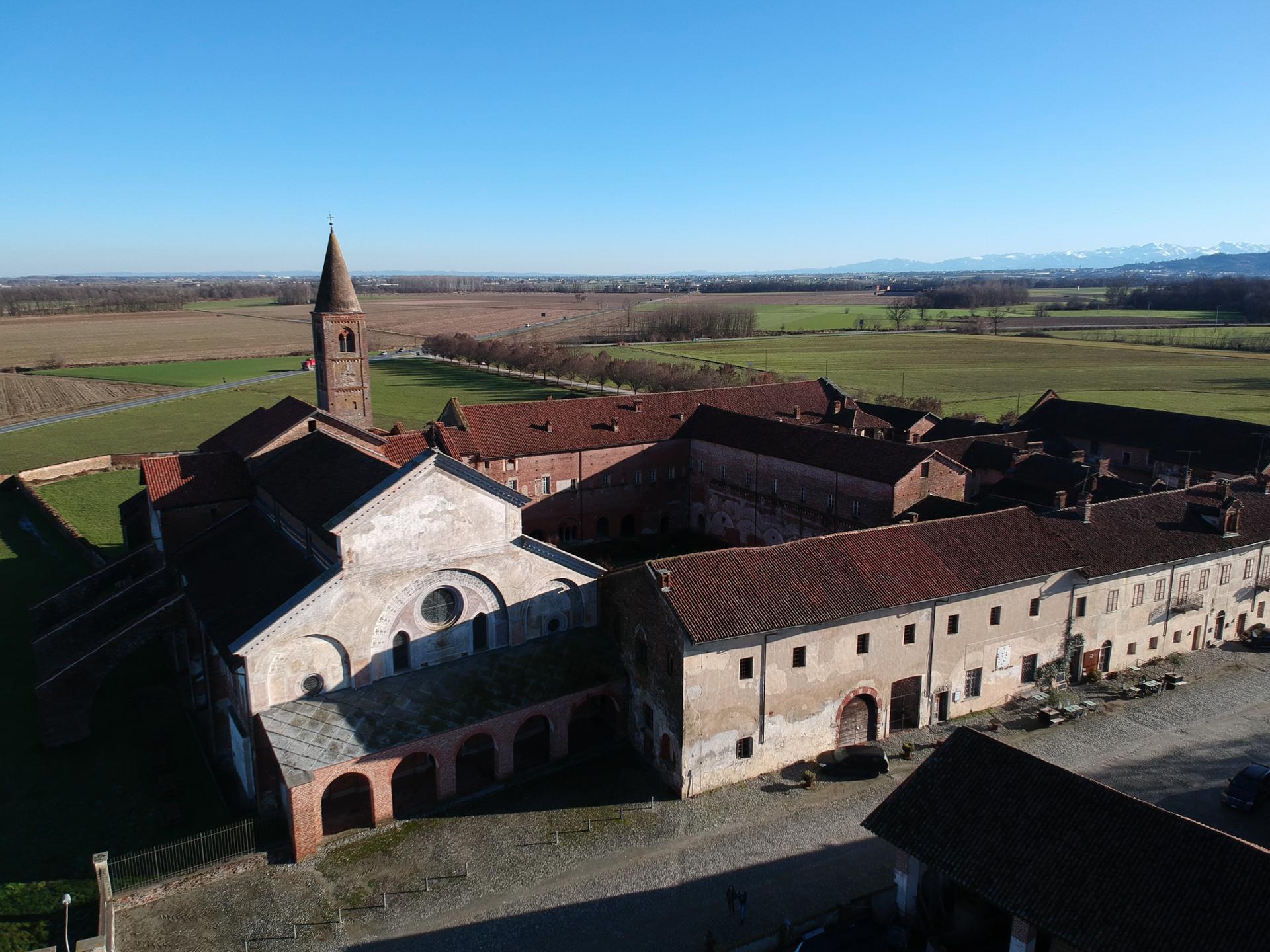
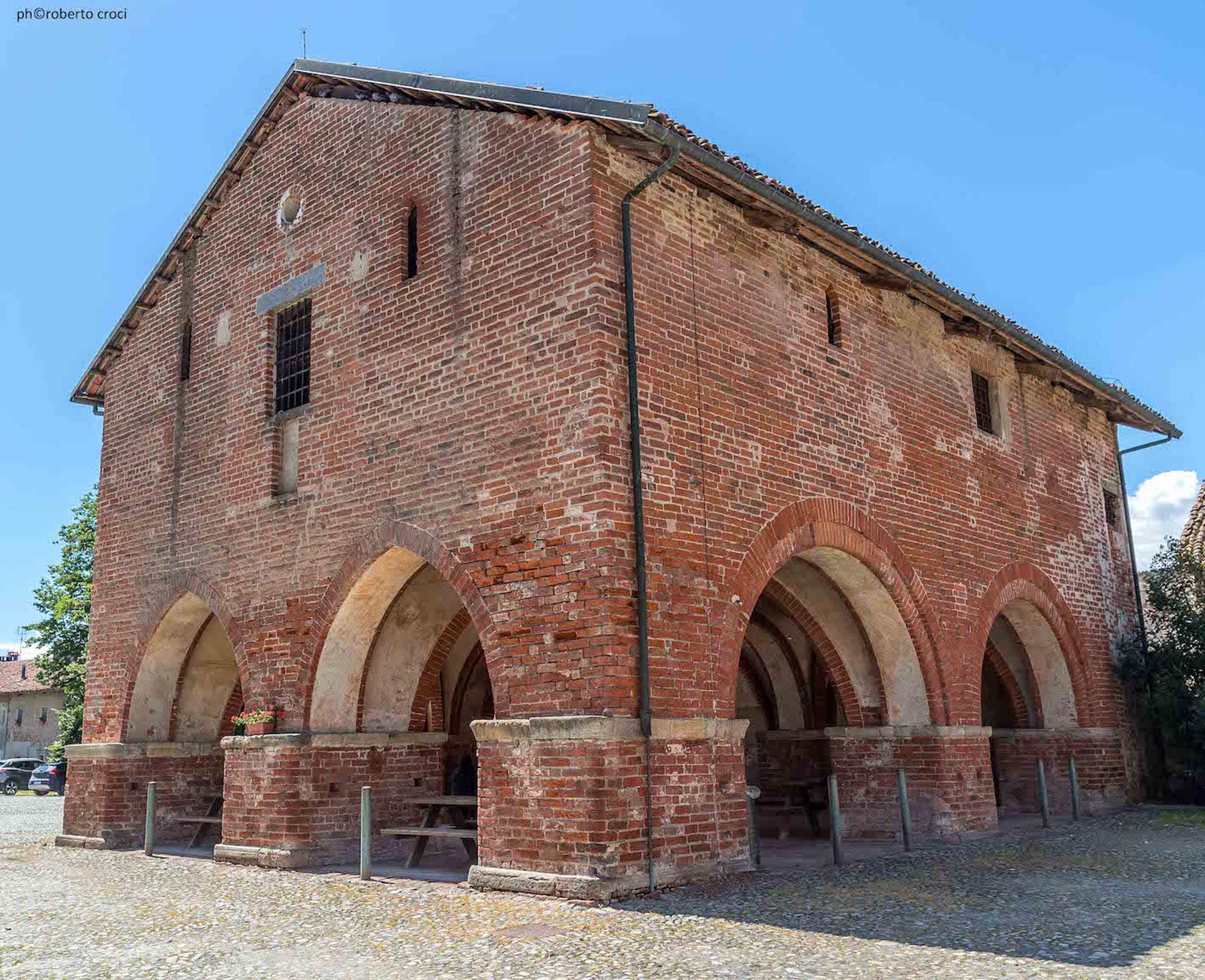
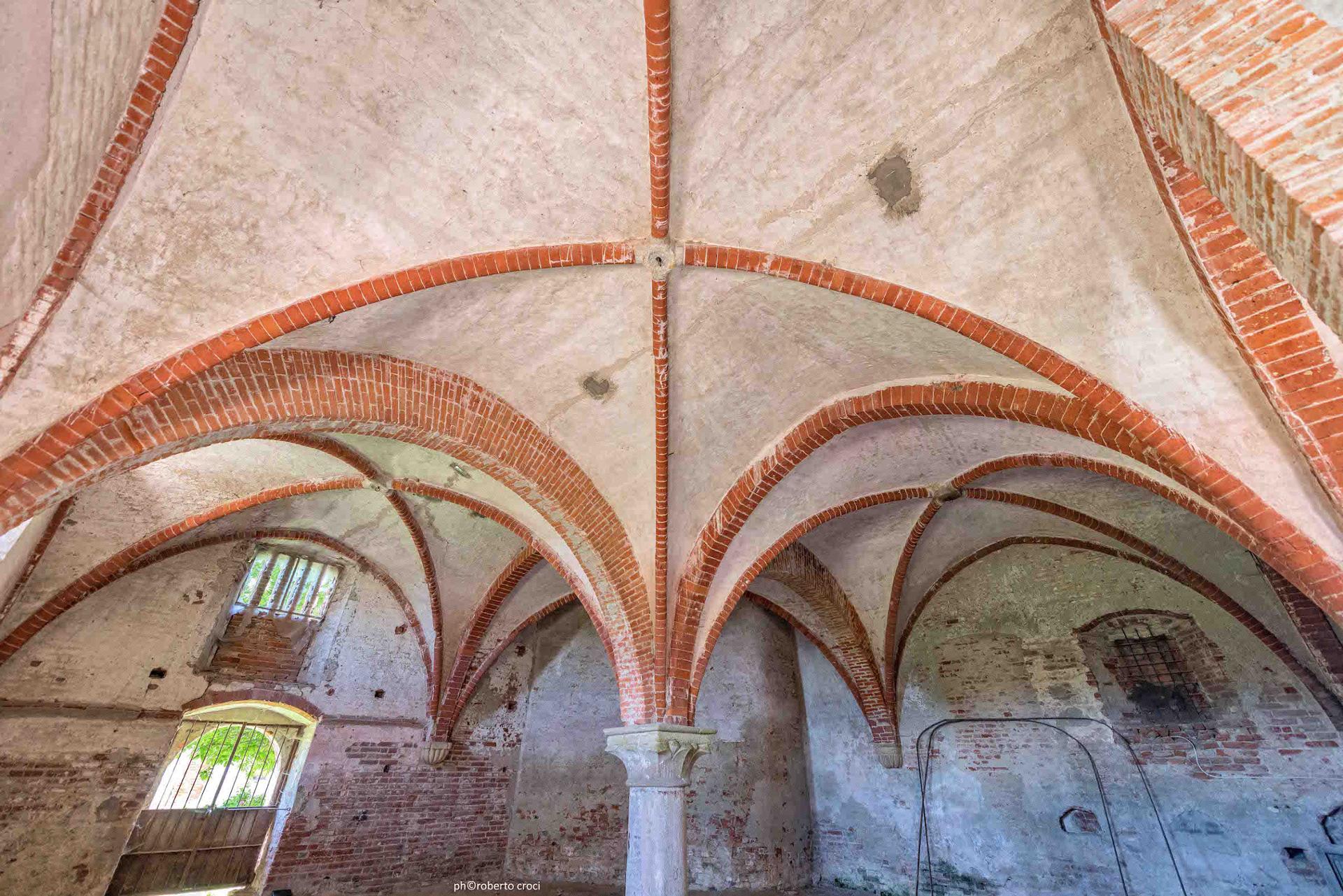
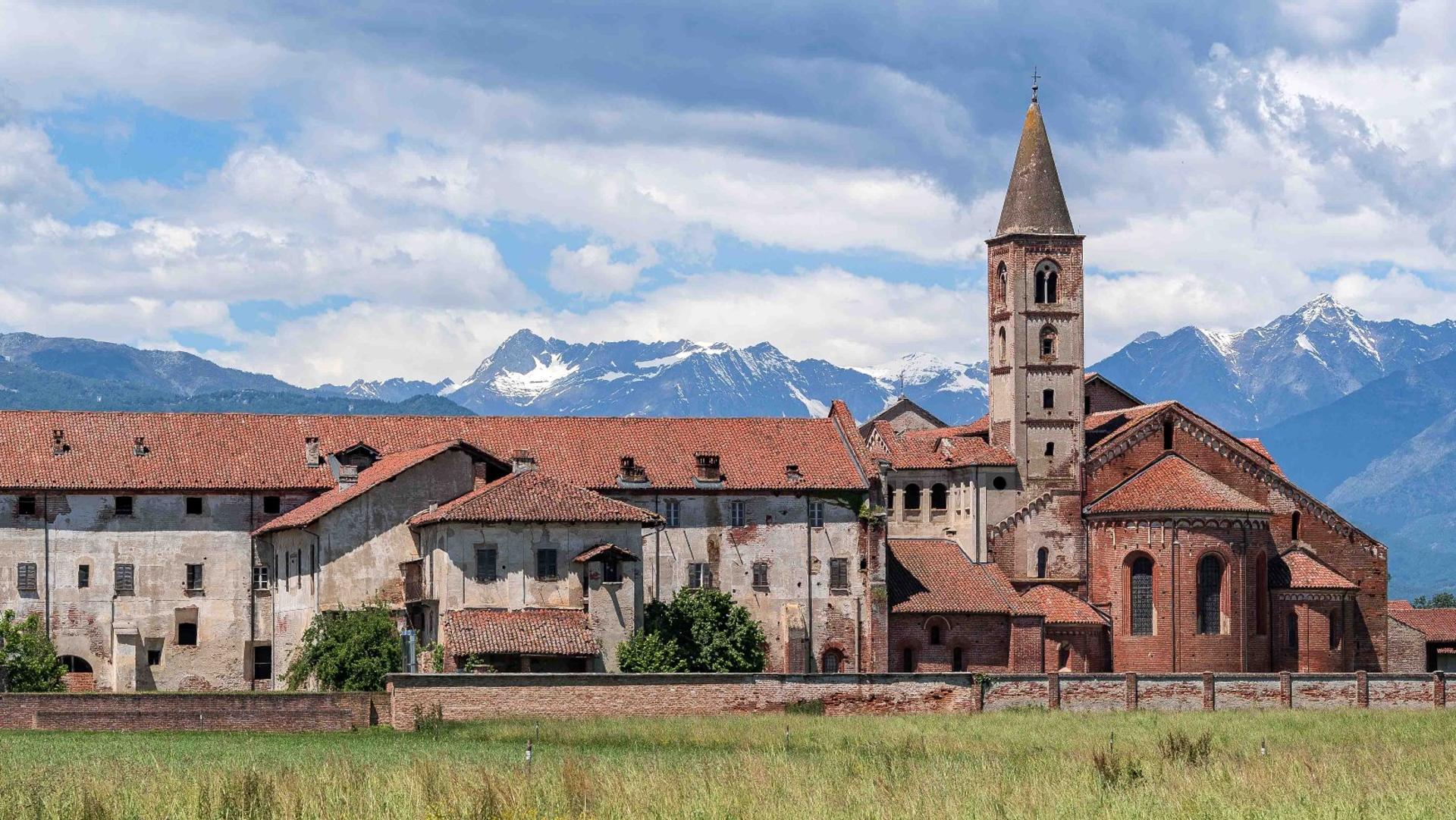
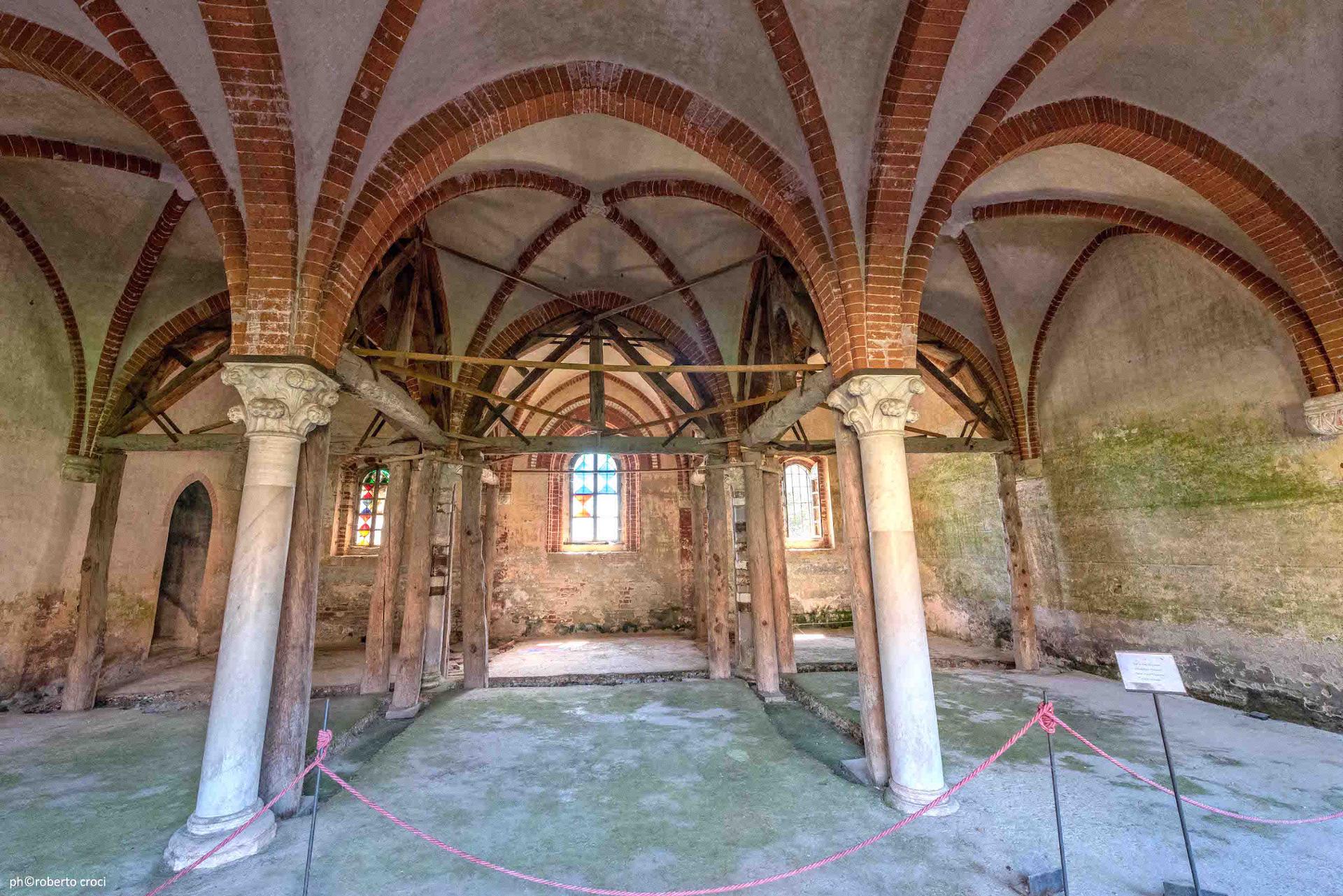
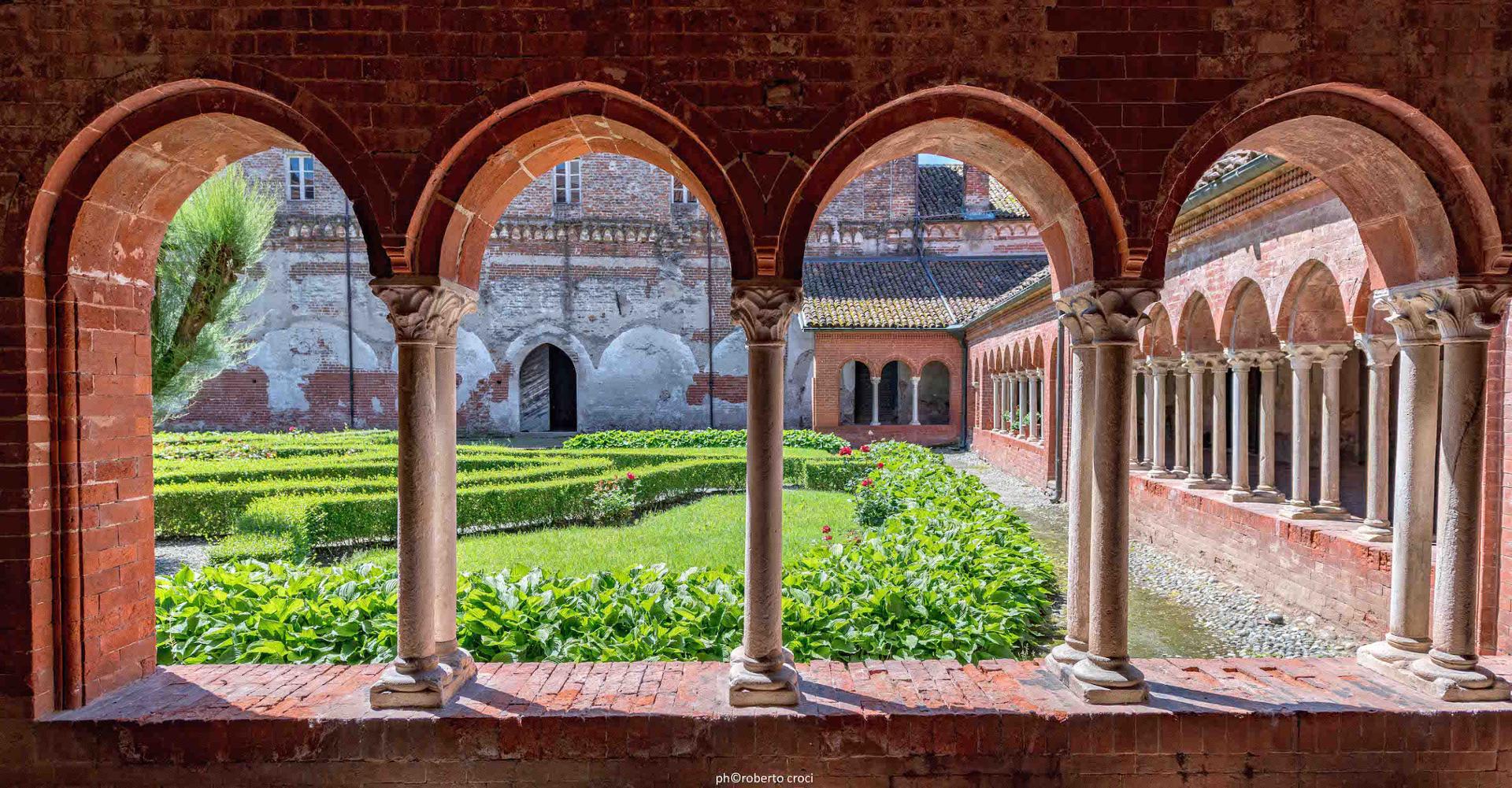


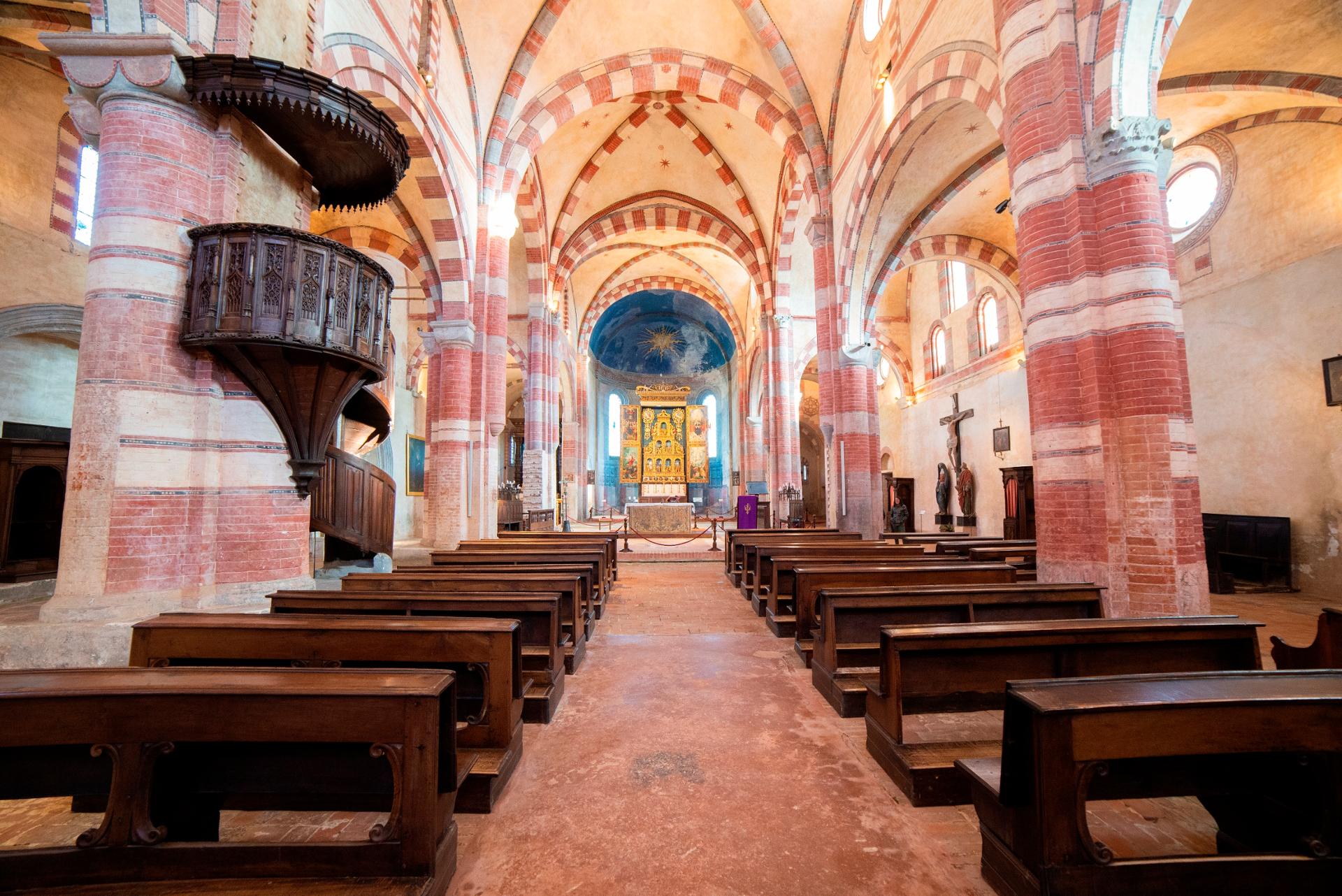






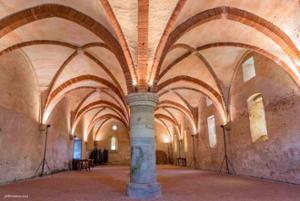
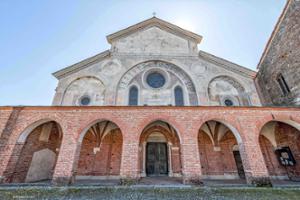

Discover
more
The Abbazia di Santa Maria di Staffarda, one of the most important and fascinating medieval monasteries in Piedmont, stands alone in the beautiful Saluzzo plain, surrounded by the breathtaking valleys of Monviso. From 1750, with papal bull, the abbey became part of the historical-cultural heritage of the Mauritian Order of Turin.
The large complex of different buildings, originally much more grandiose, was founded around 1135 by the Cistercian monks in an uncultivated and treacherous land received as a gift from Marquis Manfredo I. The monks reclaimed 1,300 hectares of land and transformed it into a flourishing farm.
The complex consists of the abbey itself, with a graceful square cloister surrounded by the sacristy, the chapter house, the refectory and the laboratory room; the dormitories of the monks and the lodgings of the lay brothers were located upstairs.
The cloister is the real heart of the monastery. Built in the 13th century, it has a square plan, surrounded by a portico marked by elegant arches divided into double columns. A place of seclusion and tranquillity, it is immersed in silence and offered the monks an environment suitable for meditation, reflection and prayer.
The strict Rule of Saint Bernard upholds the absolute renunciation of sacred vestments and overly lavish decorations as an archetype of Cistercian thought. For this reason the church has a linear and austere architecture, built with simple materials, such as stone and brick, left exposed.
The only exception is the majestic altarpiece dated 1531, attributed to Pascale Oddone. Grandiose and imposing, it has eight ovals containing statuettes, masterfully carved in polychrome wood, and painted with gold finishes.
esempi di as xml: xml serveResource con templateId (chiave)
esempi di as json: json serveResource con templateId (chiave)
esempi di as json e siteId: json serveResource con siteid
Cosa
fare
No result found
No result found
Esperienze
No result found
No result found
No result found
Dove
dormire
No result found
No result found
Offerte
No result found
No result found
Info
No result found
No result found








